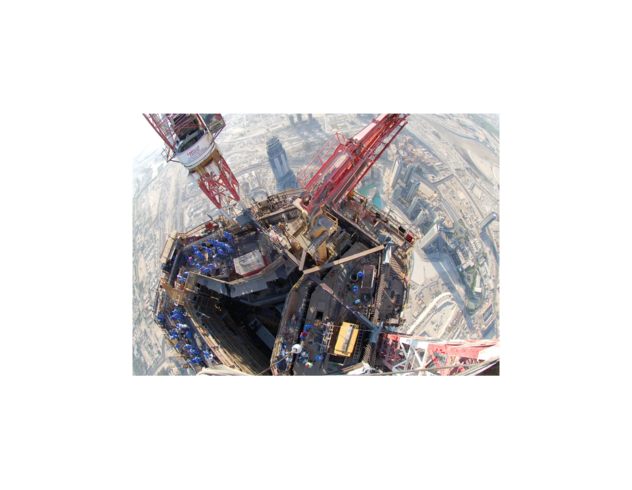Indoor Laser Levels: Visibility is King!
Construction pros have been using lasers for many years, both for interior and exterior use. For many applications, lasers have become the standard, and alternative workarounds can be time consuming, costly, or—in some cases—impossible. In short, lasers have revolutionized a lot of key areas of the construction industry. Lasers make life easier for construction pros, especially interior finishers.
Best laser for the job?
Most of the interior finishing contractors I know have used or regularly use some sort of laser to do their work. These lasers project a reference plane or point, or multiple planes or points in a variety of configurations. For longer ranges, these pros use a rotating laser, which are accurate—but also large and expensive. The majority of interior crews I have worked with use a line or point laser (sometimes called a line generator). These lasers are about the size of a tape measure. Most guys work directly with the points or lines without the use of a receiver—even though detectors can significantly increase the working range of lasers. This means that being able to see the beam is really important. The name of the game for interior lasers is visibility. For example, if you are transferring heights across the room, you need to see the beam.
If you are installing acoustical ceilings at a constant height, you need to see the beam. If you are laying out 90 degree angles for an interior wall… yup, you need to see the beam.
Sure, it is a simple enough task to find a line laser that projects a beam a few feet in front of the laser but, what about if you need to work up to forty feet away—or possibly longer—in relatively bright light? You will see a clear difference between a high quality laser versus lower cost alternatives. Basically, if you cannot see the beam, you cannot do the job. That's why it is important that you select a laser that can project really crisp lines over distance. This means fewer setups are required, and less time is needed. This will save you money, manpower, and schedule—all of which are under pressure on the job site.
Seeing Green
One final note on visibility: you may have seen, and will certainly continue to see green beam lasers being used for interior finishing applications. Why green?

Well, green beams are up to four times more visible than their red counterparts. This is not some unfounded marketing claim. It is just a fact that the human eye is optimized to see green colors better than any other wavelength. This is why many night vision optical systems for military and other advanced applications typically project in green.
Visibility is critical in your job, so you should really consider using a green-beam laser. You will see the difference the moment you turn it on.
One more word to the wise: When you look to buy a green laser, be sure to check the battery life specs and read reviews. Green lasers tend to draw much more energy than red, so battery time can be compromised on cheaper models.



